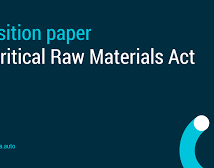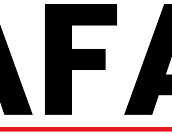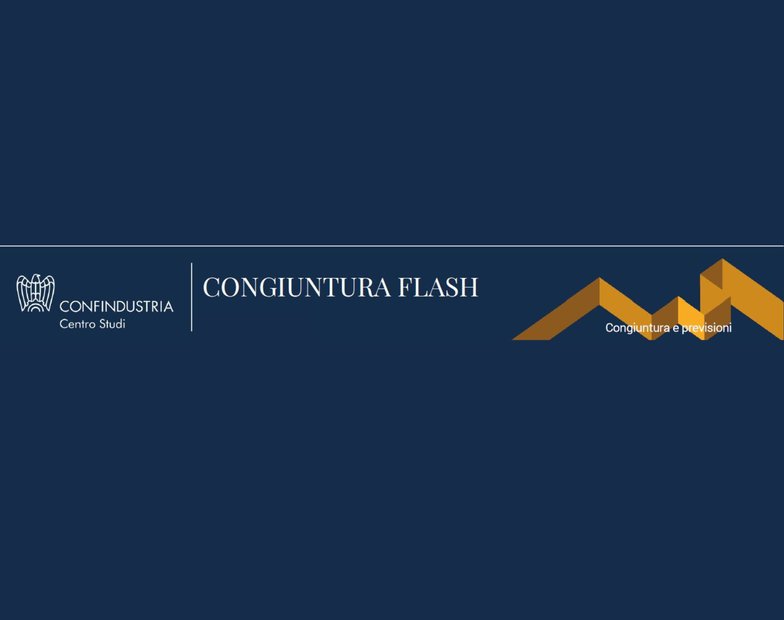According to EURACTIV.com, the EU believes that "10% of the Union's consumption of strategic raw materials" should be extracted in the Union. In addition, 15% of the Union's annual consumption of each critical raw material is expected to come from recycling, reads the updated document of the Législation sur les matières premières critiques (En cours 08/03/2023)
To boost EU autonomy, the European Commission is seeking to introduce targets of 10%-40% of the mining, recycling, and processing of critical raw materials used in the bloc to be done in the EU by 2030.
A draft version of the EU’s Critical Raw Materials Act, seen by EURACTIV and set to be presented by the European Commission next Tuesday (14 March), will introduce targets for Europe’s self-sufficiency along the entire value chain.
The regulation aims to “decrease the Union’s growing supply risks by […] strengthening Union capacities along all stages of the strategic raw materials value chain, including extraction, processing and recycling,” the document reads.
According to the leaked document, “10% of the Union’s consumption of strategic raw materials” should be mined in the EU. In addition, 15% of the Union’s annual consumption of each critical raw material should come from recycling, the document reads.
The Commission wants to set even higher goals when it comes to the processing of raw materials deemed critical. At least “40% of the bloc’s annual consumption of each strategic raw material”, should be refined within the bloc.
At the moment, the EU is heavily dependent on importing raw materials it deems critical. The EU is currently 100% dependent on foreign suppliers in 14 out of 27 critical raw materials and is 95% dependent on an additional three critical raw materials, a report by the German Institute for Economic Research (DIW) showed.
As Critical Raw Materials are considered to be a prerequisite for the success of the Green and digital transition, the demand is expected to increase drastically by around 500% by 2050 according to the World Bank. Rare earth minerals for instance are not just a necessary component of smartphones or computers, but also of car batteries.
China Clause
The EU is currently especially dependent on China, which holds a quasi-monopoly on many of these critical raw materials. The EU is, for instance, currently importing 93% of its magnesium and 86% of its rare earth metals from China.
This circumstance is also taken into account in the regulation. To prevent potential supply shortages and to boost resilience, the EU aims to “set a benchmark to not be dependent on one single third country for more than 70% of imports for any strategic raw material by 2030″.
Supply shortages from China have already led to disruptions in the European industry in 2021 when China reduced its production of the material that is essential for the aluminium industry.
To lessen these dependencies, the Critical Raw Materials Act is furthermore looking to diversify the European Supply chain. To boost diversification and strengthen supply, the Commission also intends to identify strategic projects in third countries. To boost these projects abroad, the Commission also aims at supporting them financially via the global gateway strategy – a €300 billion heavy initiative aimed at countering the Chinese belt and road initiative.
Additionally, large companies are asked to audit their existing supply chains and develop strategies to be better prepared for supply disruptions.
Strategic projects
The Critical Raw Materials Act also includes special treatment for projects that are deemed “strategic”. These “strategic projects” will be identified by the European Commission together with a European Critical Raw Materials Board that is yet to be established.
The strategic projects will benefit from a more streamlined and predictable permitting process, currently one of the main stumbling blocks for European mining projects. According to industry executives, it takes 10 years on average until a new mine starts operating.
The Critical Raw Materials Act aims at reducing the permitting time drastically.
“Member States should ensure that the permit granting process related to such projects does not exceed pre-set time limit,” the document reads.
“For Strategic Projects that involve extraction the length of the permit granting process should, considering the complexity and extent of the potential impacts involved, not exceed two years,” it continues.
These strategic projects will also receive additional financial support. The draft regulation assesses that “private investment alone is not sufficient” and states that the “effective roll-out of projects along the critical raw material value chain may require public support”.
The draft envisions that member states will fill the financial gap of these projects. “This public support may take the form of State aid,” the document reads, adding that the recent revision of the EU’s state aid rules would allow for public investments by member states in an easier fashion.



